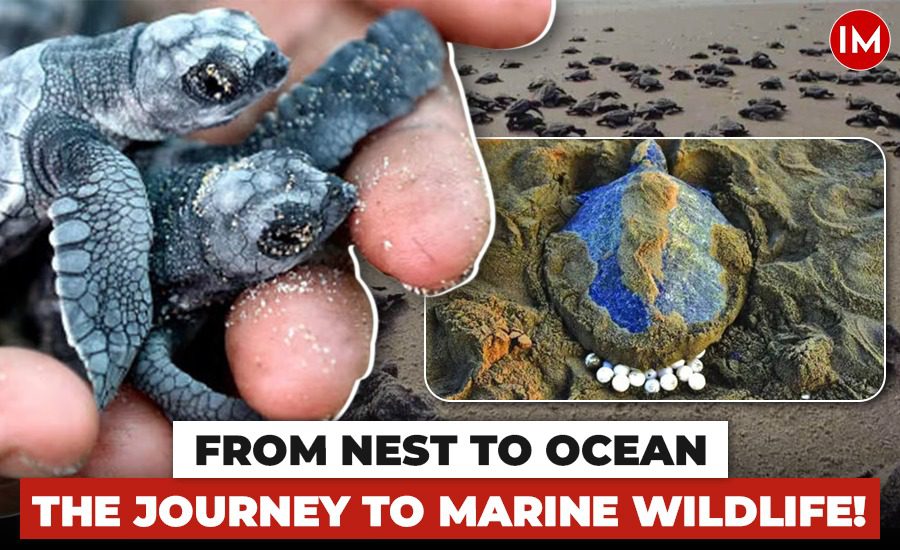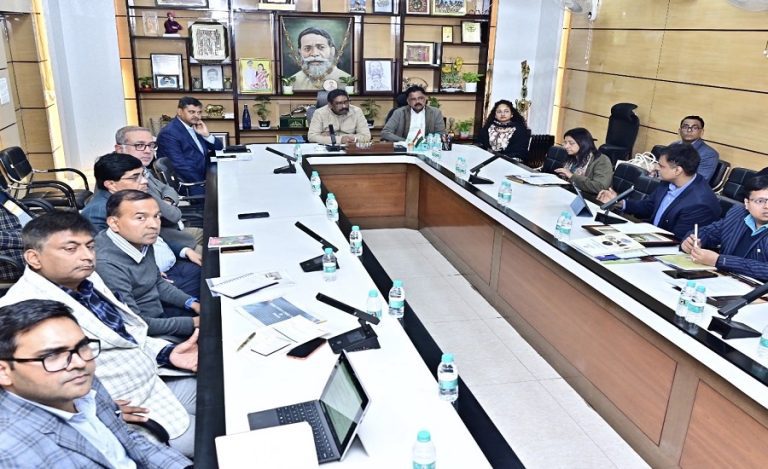As dawn broke over the sandy shores of Goa, the air was filled with anticipation. The gentle sound of waves lapping against the beach mingled with the rustle of palm leaves, creating a tranquil symphony. However, this season was anything but ordinary for the Olive Ridley turtles. With an astounding 45,493 eggs laid across the state’s beaches, the turtles broke all previous records, heralding a new chapter in marine conservation.
Indian Masterminds interacted with 2016 batch IFS officer Aditya Madanpatra, Deputy Conservator of Forests (Headquarters), Goa, to know more about this.
Olive Ridley
Olive ridley sea turtles are fascinating creatures often spotted along the coasts of Goa, especially during their nesting season. These turtles are known for their unique mass nesting behavior called ‘arribada,’ where thousands gather on the same beach to lay eggs.
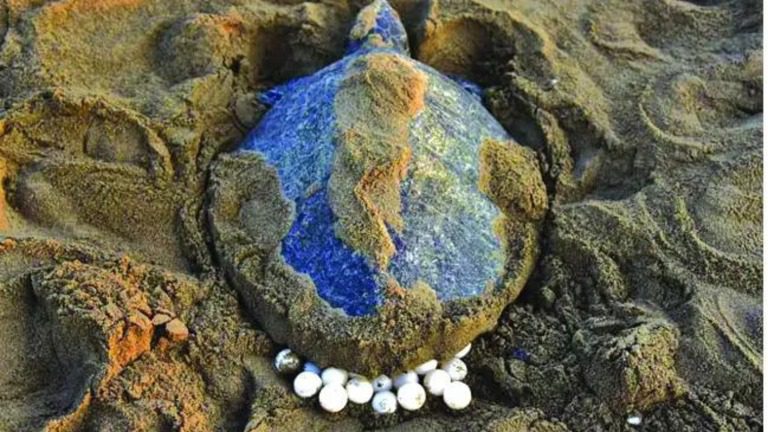
In Goa, the most notable nesting sites include Morjim and Galgibaga beaches. Conservation efforts are in place to protect these vulnerable turtles and their habitats, involving local communities in awareness and protection initiatives.
A Significant Surge
Historically, the numbers of eggs laid in Goa hovered just above 10,000 in recent years. In 2023, the figure saw a significant rise, with around 16,312 eggs laid. Yet, this season’s exponential increase took everyone by surprise.
“The remarkable surge in egg-laying and the successful release of hatchlings back into the ocean are a testament to the diligent efforts of the state forest department,” noted Aditya. His enthusiasm was palpable as he spoke of a conservation effort that had clearly paid off.
Why is it Important?
Conserving olive ridley turtles in Goa is vital for maintaining ecosystem balance, as these turtles play a key role in supporting healthy marine habitats like seagrass beds and coral reefs. Their presence also enhances biodiversity and indicates ocean health, while their nesting events contribute to local culture and tourism. Additionally, protecting these turtles fosters broader environmental awareness, encouraging conservation efforts for other endangered species. Overall, safeguarding olive ridleys supports both marine ecosystems and coastal communities, promoting a sustainable future.
“By prioritizing their conservation, we contribute to a healthier ocean and a more sustainable future for marine life and coastal communities,” he added.

The Nesting Cycle
The nesting process is intricate and requires patience. The eggs undergo a 45-day incubation cycle before they are ready to hatch. While the figures indicate a thriving season, challenges remain. Not all eggs survive the perilous journey to hatching, influenced by both natural conditions and human activities. According to the latest turtle nesting report compiled by Goa’s wildlife authorities, 216 nests were recorded in North Goa, containing 22,528 eggs. From these, 15,146 hatchlings bravely made their way into the sea, embarking on their life’s journey.
South Goa’s Success
In South Goa, the situation mirrored this success, with 231 nests yielding 22,965 eggs, from which 13,553 hatchlings were released. This impressive count is encouraging, yet marine conservationist, who works with Terra Conscious, cautioned that conservation efforts must be continuously refined. “Over the past 20-30 years, concerted conservation initiatives have led to this remarkable increase in nesting. However, we must remain vigilant,” a conservationist explained.
Various natural and anthropogenic factors can hinder the maturation of eggs, underscoring the need for ongoing improvements in practices such as creating hatcheries and relocating nests when necessary.
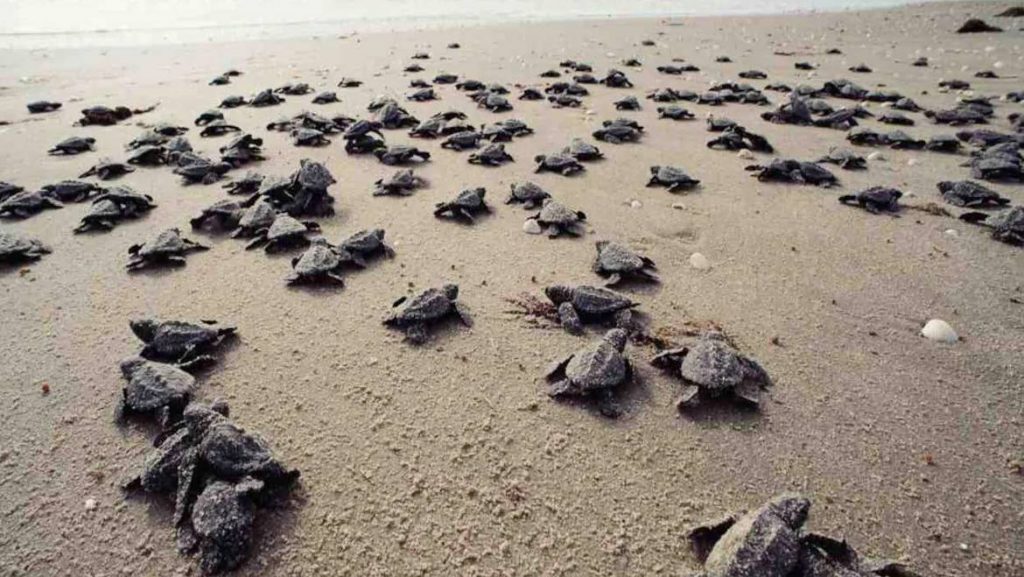
Beaches of Hope
Among the many beaches that serve as nesting grounds, Agonda Beach stood out as a remarkable success story. It boasted 181 nests that contained 18,011 eggs, resulting in 9,661 hatchlings successfully making their way to the ocean. Meanwhile, Morjim Beach followed closely, with 105 nests yielding 11,130 eggs, from which 7,767 hatchlings embarked on their own aquatic journeys.
The Community’s Role
The success of Olive Ridley turtle nesting on Goa’s beaches serves as a beacon of hope for conservationists. The dedicated efforts of local volunteers, wildlife officials, and communities have transformed the region into a sanctuary for these majestic creatures. With the turtles listed as vulnerable, every successful nesting season is vital for their survival.
Active community involvement plays a crucial role in this success. Key contributions include raising awareness, organizing beach clean-ups, monitoring nests, establishing hatcheries, promoting sustainable practices, volunteering, advocating for protective policies, and fostering cultural connections. Together, these efforts create a model for effective community-driven conservation, ensuring a brighter future for the Olive Ridley turtles.
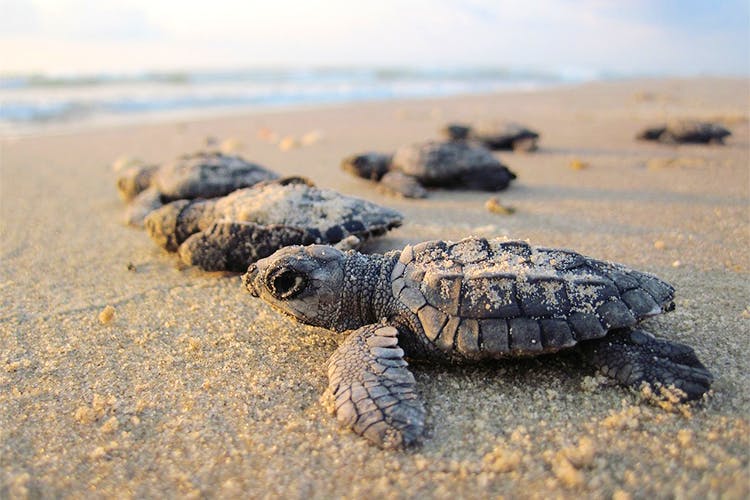
Facing Future Challenges
Yet, as the sun set on the horizon, casting a golden hue over the beaches, the challenges ahead loomed. Coastal development, pollution, and climate change continue to pose significant threats to marine life. Mitra emphasized the importance of adhering to global best practices in marine conservation, urging stakeholders to collaborate and protect the delicate balance of coastal ecosystems.
A Journey of Hope
As the hatchlings began their trek to the ocean, instinctively guided by the moonlight reflecting off the water, there was a palpable sense of hope. Each tiny turtle carried the promise of a future, one that hinges on the commitment of humanity to safeguard their environment.
This record-breaking season is not merely a statistic; it represents a profound connection between nature and conservation. The Olive Ridley turtles of Goa are not just surviving; they are thriving, and their journey is a reminder of the resilience of life, the power of community efforts, and the urgent need to protect our planet for generations to come. If you’re interested in seeing them, the best time is usually from November to April. It’s a remarkable experience to witness these beautiful turtles in their natural environment!

